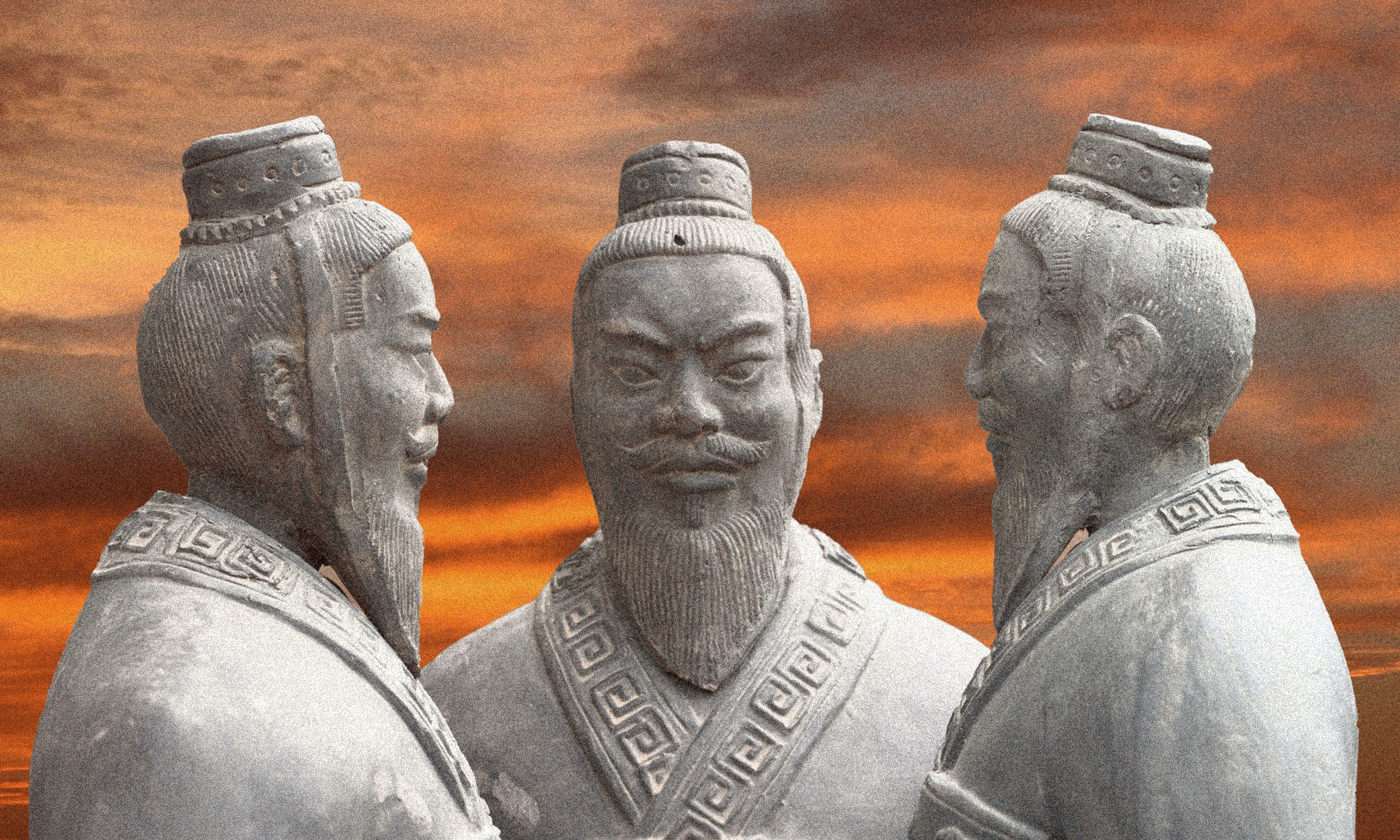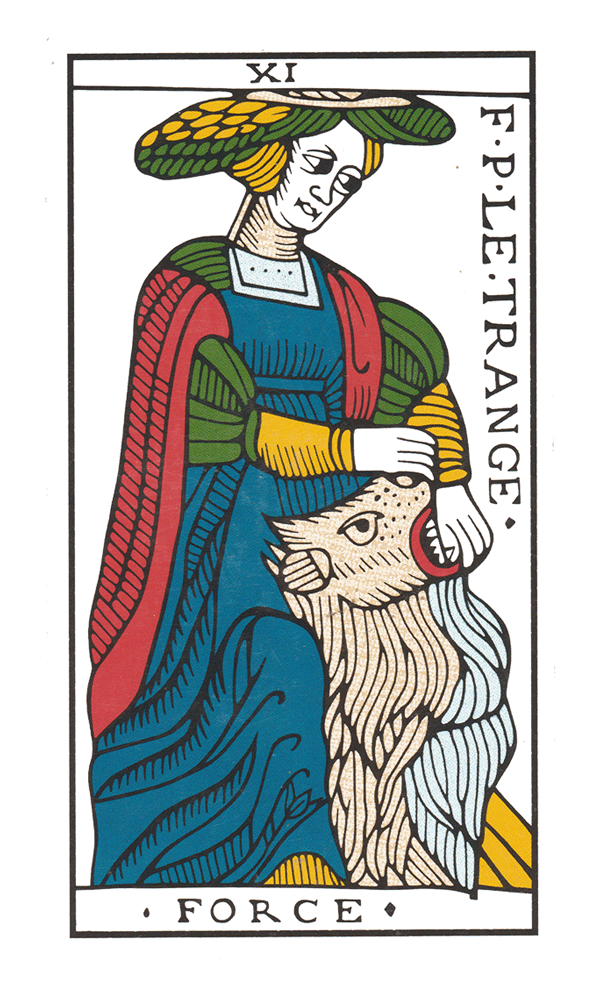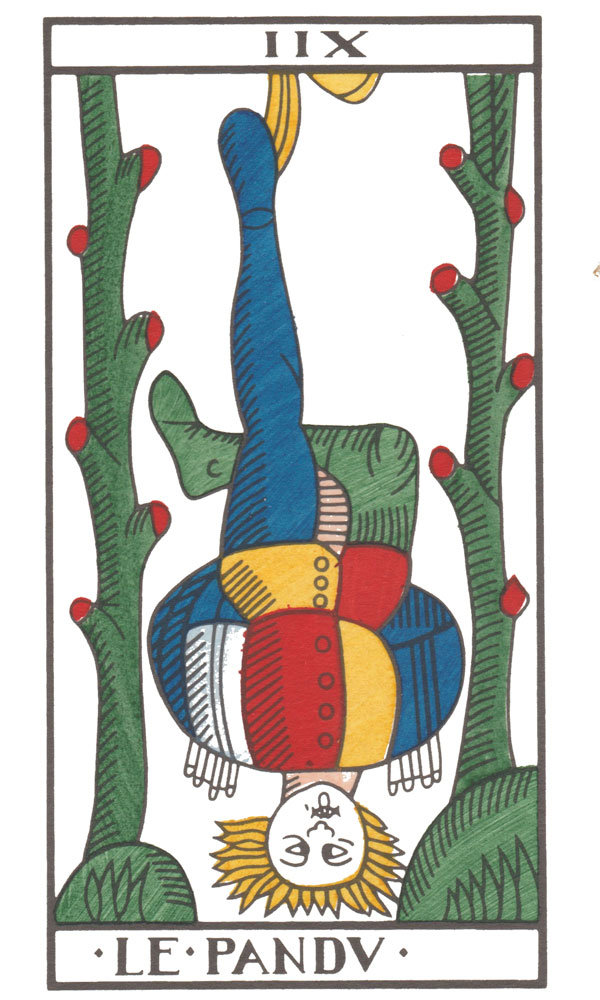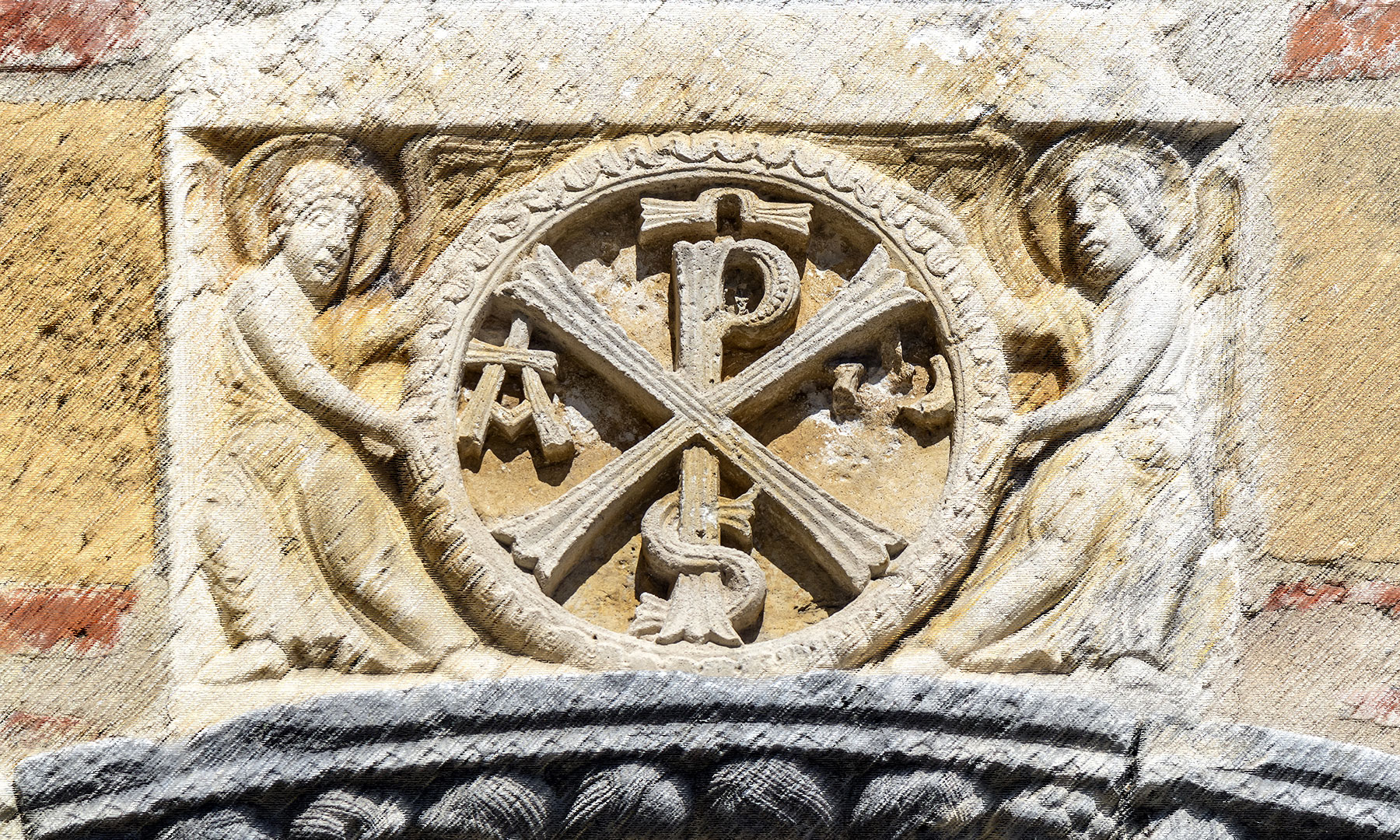
Chivalry! What child has not dreamed of it? The image of the knight in armor displaying on his lance the colors of his Lady of the Heart, what dreamer does not carry it within him? But for the warrior of awakening, beyond earthly chivalry, comes heavenly chivalry …
Earthly knighthood
The noble medieval knights deeply marked the imagination of children. We find them in Asia as in Europe, while in America, the noble knights were not the white-skinned Western renegades, but rather the red-skinned, these natives invaded by a tide of demons armed with long knives and sticks. fire.
A few centuries earlier in Europe, the noble knights formed a caste sung by the founders and the troubadours. In composing these epic and fantastic tales, the traveling singers incorporated into them the fundamental elements of the Western esoteric tradition. In the first place, the love of the Lady of the Heart, platonic, taught to the young people by the Lady herself, whose colors the knight wore during tournaments or battles.
This initiatory practice of love lessons is the basis of courtly love. According to Rougemont, it is the archetype of love as we see it in the West. It is characteristic of a place and an era, medieval Europe. (source)Denis de Rougemont, Love and the West A sentiment of which we would look in vain for traces in Asia, especially in China. Japan has known a powerful order of chivalry, the samurai, obeying a Warmaster, the shogun. Today’s samurai are undoubtedly the yakusas, which could be described as noble bandits. China also had orders of chivalry, and their current successors are within the Triads, or Chinese maffias.
The initiatory knighthood of medieval Europe certainly has many points in common, as we will see later, with the Asian “knights”. But in the West, an original path has been developed which marks the collective unconscious and modifies, even today, all our loving behavior. Courtly love, love of love courts is a phenomenon as magnificent as it is disconcerting. Why ? Because it leads to violence, injury and sometimes death. Eros and Tanathos, Amor rubs shoulders with Death.
The troubadours sing courtly love like a door opening onto the lists or the battlefield. The knight’s bravery is not dedicated to the shogun or the warlord, it is entirely addressed to the lady of the heart. We see within these accounts the birth of a form of moral chivalry, placing spiritual ideals above physical struggles. The quest for the Grail is the most famous symbolic representation and it represents one of the essential aspects of our tradition.
Courtly love, the art of courting, love courts, these are all key concepts for understanding the particular evolution of this feeling in the European countries which experienced medieval chivalry. The warrior does not fight for a master, but for his Lady whom he places above all. Because the Lady of the Heart of love courts is the idealized image of Our Lady, the living trace not of Mary but of Isis the Great Goddess, the gift of the Eternal Feminine in the heart of the teenager.
The warrior orders
Precisely, chivalry was aimed primarily at adolescents. This age is full of ideal. I think it was the platonic and selfless practice of love lessons that made the young warrior from combat to the Lady to internal combat. Chivalry brought together an aristocracy used to fighting for noble causes, as can be read in the cycle of the Round Table. Arthur’s knights mutated to become, a few centuries later, the noble knights of Lord Godefroy de Bouillon during the First Crusade.
Whether they are fighters for Christ Jesus or for another cause, Pax Romana for example, the Crusader Knights are the rightful heirs of tournaments and love courts. It does not matter whether these noble knights wanted to free the presumed tomb of Christ Jesus or simply to reconquer Palestine, an integral part of the Roman Empire.
Everything about them underlines this filiation: their bravery, their spirit of sacrifice which can go as far as giving one’s life, their ideal of purity, their secret rites like Western yoga, of which we still have a few positions, and their vow of poverty which recalls the ideal of Lancelot and the valiant knights of Arthur.
In this perspective, these valiant knights of the Round Table represent the last resistance against the omnipotence of Rome, while their presumptive heirs, the Crusader Knights, are on the contrary legionaries, decurions, centurions and generals displaying on the cross pattée the letters SPQR, Senatus Populusque Romanum, In the name of the Senate and the Roman People. The passage from Gaul to Roman France took place within the Celtic tradition itself. It was discreet, masked, with hushed steps, between the 6th century and the 11th century CE (Common Era).

Unsurprisingly, we find these orders of spiritualized warriors in Asia, with the martial arts that transform the fight into a sacred rite. Unsurprisingly, because all the cultures of Asia and Europe have come from the teaching of our common masters, the former gods, the terraformers of this planet.
One of the main agents of this Euro-Asian teaching is Rama, whom Hindus regard as a god, or at least a deva or demigod, which is true – since Ram was the son of the Great Goddess and Enoch, simple mortal whom the goddess made live a thousand years or more. But Hindus believe Rama of Indian origin, which is untrue. Rama came from Hyperborea, the flying nest of gods. Then he was trained in Celtic land.
Rama’s teaching can be identify all around the world, particularly in the Far Eeast. The monks of Shaolin, the Yakuza, and even the Triads or Chinese mafias have many points in common, in particular on discipline and obedience, with the orders of monk soldiers from medieval Europe. The Order of the Temple is the most famous, but let’s not forget the Order of Saint John of Jerusalem and the Teutonic Order, old name for German.
The Teutonic Knights are especially quoted in my pages for their brilliant motto: “If you do not die while you are alive, you will die while dying.” (learn more)
The inner fight
When I say that courtly love has made the warrior go from fighting for honor to fighting within, I do not forget that Islam wants to achieve the same result in a completely different way. The notion of Jihad, a sacred fight, is most often misunderstood by the extremist fringe of Islam, those we call the Islamists. Not all Muslims are Islamists, and according to them, no Islamist is truly a Muslim. This noble title is earned, while that of Islamist, struck with anathema, is stolen and violated.
Jihad is not a holy war against this or that external enemy. It is the inner struggle. The intimate, daily, perpetual war against your interior obstacles. Everything that keeps you from moving forward is put it in your path by yourself and no one else. A warrior is responsible of everything that happen to him. You have no worse enemy than yourself. Like everyone else, you are three in one, and as long as all three do not work the same, that’s kidding for you. You keep stomping on the threshold. Please come in, says the fucking guardian.
Tracking, a notion borrowed from Castaneda, is a name given to Jihad. Every tracker hunts himself first, otherwise he is not a tracker, but a calculator, a manipulator, an execrable enemy of every sincere person. The difference between stalking and manipulation is not apparent to the uninitiated. It is nevertheless capital. The stalker obeys an inner impulse. His head is empty, his heart is open, his law is humility. He respects his prey, which is himself, his own faults, his ego.
When the stalking involves a third person, she can feel cheated, cheated, manipulated, she can accuse the warrior of being responsible for this evil trick. No he is not. He made himself available to the Living to make someone understand something, him or another. I am impulsive, spontaneous, I would never be able to carry out a plan that I would have concocted in advance. I know with Søren Kierkegaard that existence shatters all systems, and I would not apply any mental scheme on the Living who acts as He pleases and laughs at our projects. Unless He’s deaf and dumb. Are you sure someone listen up there? Shout louder. And mind your heart beat. Answers are inside.
“If you want to entertain God, tell him about your plans.”
 The two Chivalries
The two Chivalries
In the lessons he gave us at the Moulin de Rochefort (now defunct) Jean-Claude Flornoy (also missing) used to distinguish two cycles in the 22 major arcana. He called these cycles the Chivalries.
The terrestrial chivalry goes from the arcane I The Magician to the arcane XI The Strength. Arcane XI represents the highest point that one can reach on earth, by working in the material world. It is therefore the ultimate arcane of terrestrial chivalry. This, as its name suggests, deals with matter and equipment. The Strength indicates material mastery achieved. This is what is expressed by the image of a woman spreading the mouth of a wild animal with her bare hands. She even masters ferocious animals.
There was a time when Flornoy nicknamed The Strength “the arcane Bernard Tapie”. Everything was successful for him then. The billionaire of the left wing has been cherished by the power of François Mitterand. He bought brilliant factories, famous brands, soccer teams.
All of a sudden, everything went wrong for him. Ruin, prison, health concerns, he made his Hangman. Who today deserves the arcane nickname Bernard Tapie.
But if he is cured of his cancer, he will have overcome the traps of the past, he will have gone through Arcane XIII, the one that has no name, initiatory death … Then we will be sure that he has passed to something else. The path of tarot reserves us all the same stages.
 Farewell Tapie. End of The Strength, end of terrestrial chivalry. With the arcane XII The Hanged Man, we fall into another world, which is no longer of the world, precisely. The Hanged Man has his head down. Everything he sees is therefore upside down. This is the moment when the individual, obsessed with money, material success and social status, goes head over heels and realizes that all values are reversed.
Farewell Tapie. End of The Strength, end of terrestrial chivalry. With the arcane XII The Hanged Man, we fall into another world, which is no longer of the world, precisely. The Hanged Man has his head down. Everything he sees is therefore upside down. This is the moment when the individual, obsessed with money, material success and social status, goes head over heels and realizes that all values are reversed.
What he liked turns out to be worthless, and what he disdained becomes desirable. He sheds his earthly possessions, he sometimes goes to prison, he loses the wife of his life and finds himself ruined, alone and soon sick to crown his downfall.
The more terrible the Hanged Man, the greater the power of the new Heavenly Knight. This chivalry is reserved for who deserve it. Those who do not stop at appearances, those who are able to see beyond walls, diktats and dogmas. Those who live every second of their life as a precious gift. The precious warriors of awakening.
From The Hanged Man and up to The World, eventually up to The Fool, down-to-earth questions no longer encumber the knight’s mind. His head is empty. His inner lake is wrinkle-free. Heaven is his home. If he still has his feet on the ground, he hovers in the stars. He levitates. If death does occur, he avoids it. If a hero is needed, he is quick and ready.
It is very practical. But it doesn’t work that way. The warrior behaves. That’s enough. It is not intended to lead others. He is not a good apostle. If you believe it, you wallow. The warrior is the leader only of himself. It has no other goal than awakening, no other law than the Rule, no other horizon than the Nagual. Celestial chivalry is an invisible order, without hierarchy, without leader. It only admits the pure, those who are undrinkable. Untenable. Unalterable.
The sky knight splits the eons on his internal machine. He soars across the world on the little bike he has in his head. He farts. He stops. He resumes his quest. The sky knight is in his supersonic jet, he throws at no one hic et nunc, he takes himself for anyone and goes away like no one. Noon is ringing. Kyrie eleison. Close the ban my son. Keep silent in the rank. Start your dance. Good riddance.

Live your life. Don’t be stupid. Dispel bad dreams to make room for good ones.


